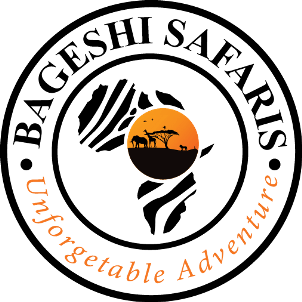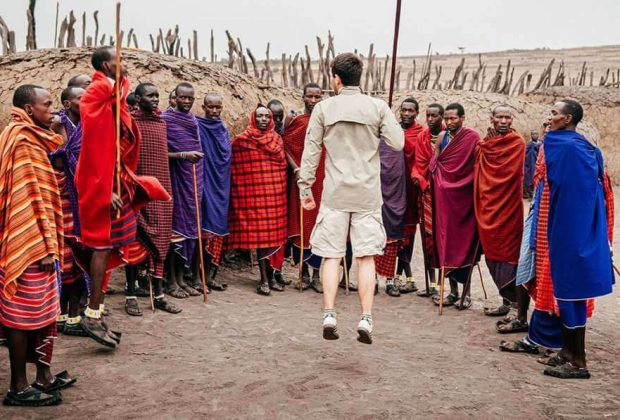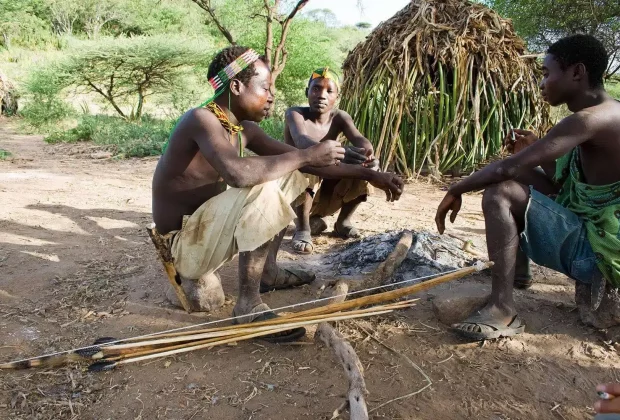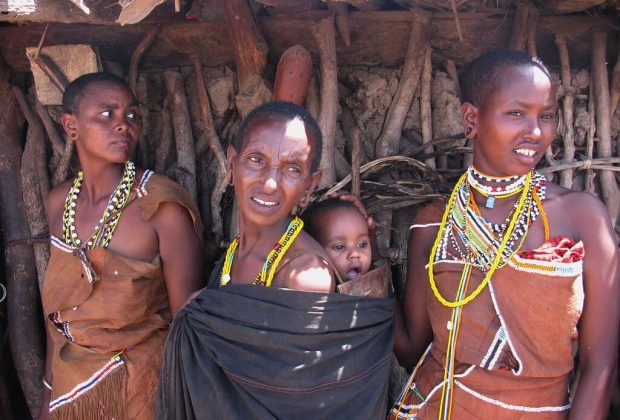At Bageshi Tanzania Safaris, we believe the cultural diversity of Tanzania is one of its greatest strengths. By meeting and understanding people whose views and values are very different from your own, you acquire new insights and perspectives that change your attitudes towards them, towards yourself, and towards the entire world. This new depth of perception and wisdom opens new horizons, opportunities, and flexibility in your future life choices. You may travel to Africa to learn more about her wildlife, but through her people, you will learn more about yourself.
This may well be a most valuable and lasting aspect of your safari of the tribal people of Tanzania. There are more than 120 different ethnic groups in Tanzania that have migrated over many centuries: pastoralist Nilotic from the Sudan, nomadic, cattle-herding Cushites from Ethiopia, hunter-gatherer Khoisan from the Kalahari, agriculturalist metal-working Bantu from West Africa, and Arabian, Indian and Anglo immigrants. All these groups displaced, conquered, or assimilated each other over thousands of years to form the present Tanzanian population. Each of these groups had differentiated traditional religions, social practices, rituals, customs, art, music, and dance.





